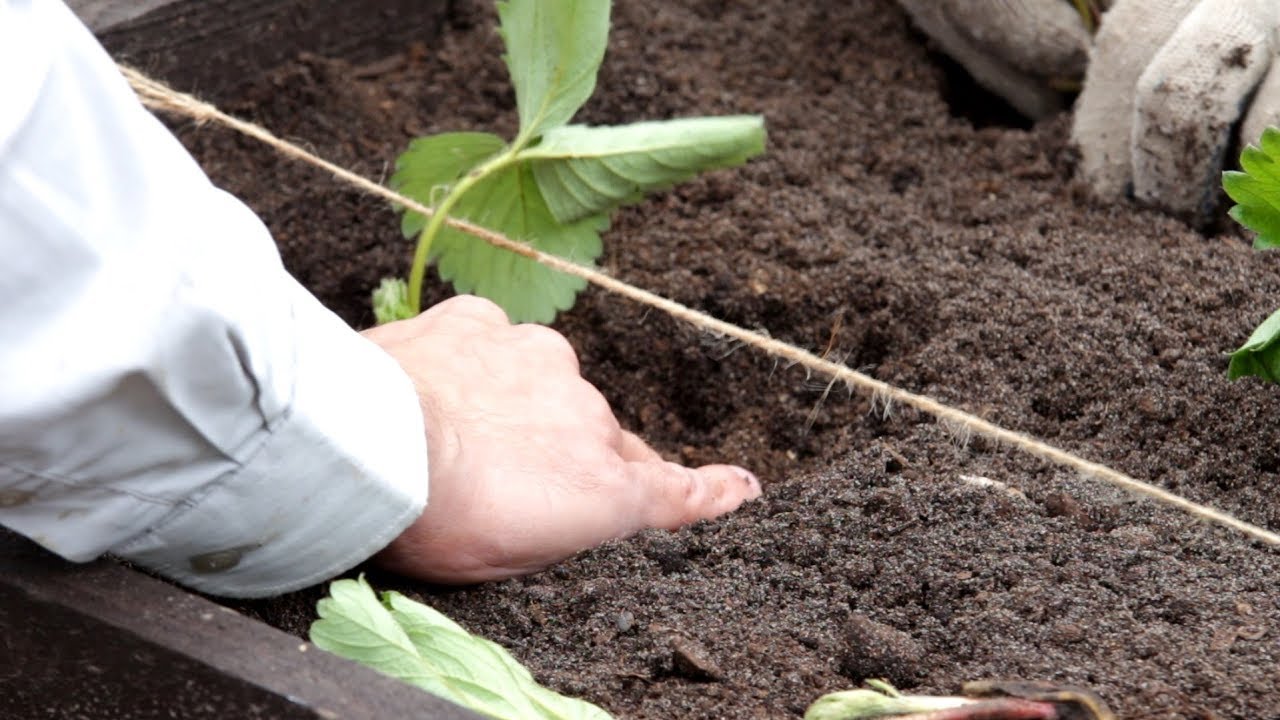The saxifrage can decorate any garden or summer cottage. At the same time, there are no special difficulties in growing and caring for it. It grows on rocky soils and will be a wonderful decoration for rockeries or alpine hills. This plant has many varieties and almost all of them are decorative.
Features of saxifrage
This plant is perennial, but sometimes there are annual and biennial varieties. As you can see in the photo, their colors are varied: white, yellow, pink. Leaves can be dense, leathery, rounded or oblong.
In the natural environment saxifrage grows in gorges and rocks... In landscape design, it is used as a ground cover plant and is used to decorate borders. Due to the large number of plant varieties, they were divided into several groups. But in culture, three of them are mainly used:
- Silver;
- Purple;
- Mossy.
Plants of the violet group are formed in the form of a pillow of deciduous rosettes. They are very resistant to cold and other weather conditions, like the mossy species. The group mainly includes low dwarf species... Saxifrags from the silver group usually have gray leaves with white specks and yellow flowers.
Open ground: landing
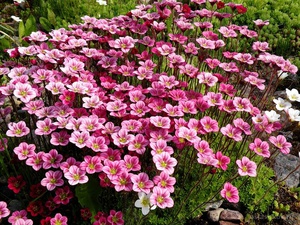 In the saxifrage garden, it is good to provide rocky soil. It is important that it is permeable, allowing air and moisture to pass through. When grown in a rock garden, stones will protect the roots of the plant from the sun, and retain moisture.
In the saxifrage garden, it is good to provide rocky soil. It is important that it is permeable, allowing air and moisture to pass through. When grown in a rock garden, stones will protect the roots of the plant from the sun, and retain moisture.
But the plant will easily take root in ordinary soil. The main thing is to provide it with a good drainage layer in order to avoid stagnant moisture. It will be useful before planting, add some crushed limestone and compost to the soil... You can also prepare a special mixture. For this you will need:
- Leaf humus;
- Sod land;
- Peat;
- Sand.
Expanded clay or gravel are suitable for the drainage layer.
Some types of saxifrage make rock gardens from special limestone tuff. It is a soft, porous material that absorbs moisture like a sponge and retains it. Due to this, the plant needs less watering.
Care
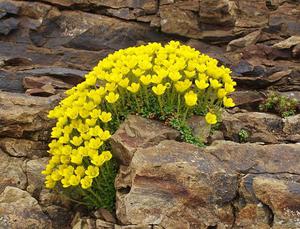 All necessary procedures for caring for a saxifrage are quite simple. It is necessary to loosen the soil and remove weeds. You can mulch the soil to prevent their growth.
All necessary procedures for caring for a saxifrage are quite simple. It is necessary to loosen the soil and remove weeds. You can mulch the soil to prevent their growth.
Despite the plant's resistance to cold it is recommended to warm it for the winter... Foliage, spruce branches are suitable here. In terms of lighting, diffused light is the best option for many species. Some varieties can also be planted in shaded areas. But in the open sun, they can get leaf burns. In this sense, Arends's saxifrage is unpretentious.
It is advisable to water the saxifrage in moderation, slightly increasing the moisture during the growth period. But the soil should dry out between waterings. Spraying will be useful, especially in dry weather.
For fertilizing saxifrage mineral complex compositions are suitable... The first time they are brought in a week after moving the seedlings into open ground. And then it is enough to feed 2 times a month in spring and summer. Fertilizers can be applied in liquid form along with watering.
You should be careful with feeding saxifrage. Excess nitrogen fertilization can lead to root death or putrefactive infection.It is optimal to add a thin nutrient layer to the hole when planting. Superphosphate and some organic composition are used.
Transplant and illness
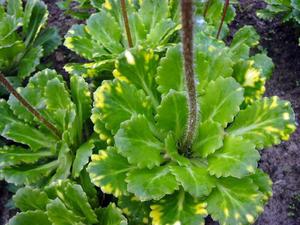 After flowering, the aerial part of the saxifrage is best cut off. This measure is needed for the development of new leaves. The transplant is an integral part of care, it rejuvenates the plant... In addition, the division of the bushes can be combined with the procedure. But don't do it too often. A saxifrage grows in one place for about 5-7 years.
After flowering, the aerial part of the saxifrage is best cut off. This measure is needed for the development of new leaves. The transplant is an integral part of care, it rejuvenates the plant... In addition, the division of the bushes can be combined with the procedure. But don't do it too often. A saxifrage grows in one place for about 5-7 years.
From pests to plants can annoy spider mites, green aphids... Tick prevention is a routine of spraying with water. But if the pest has already appeared, then it is better to use special means here. Before doing this, it is recommended to remove all affected and wilted parts of the saxifrage. They fight green aphids with Pirimor.
The most common diseases:
- Fungal infections, rust, they usually appear from improper watering. Treatment with copper-based preparations will help the plant;
- Powdery mildew is also provoked by excess moisture. For prevention, spraying with drugs such as propiconazole, bitertanol is suitable.
Also, from stagnant moisture in the soil, the root of the plant can rot. In this case, it is necessary to dig up the bush and separate all diseased parts of the plant, destroying them, and healthy ones must be planted in a nutritious soil so that they take root.
Type of saxifrage "Arends": subtleties of care
One of the common types grown by gardeners is Arends. It can often be found in rock gardens. Plants are quite low, they can reach 20 cm in height... Their rich green leaves stay that way all year round. Blooms in May-June. On the basis of this type, many popular varieties have been bred:
- "Sleeping Beauty" variety has a rich red color of buds;
- Peter Pan with vibrant reds;
- Floral Carpet has pink and purple flowers;
- "Snow carpet" this variety pleases with the snow-white color of flowers. Another white-flowered variety is "Schneeteppich" with dark green leaves;
- "Purpurmantel" has purple-pink shades of flowers.
In addition to the Arends saxifrage, other varieties can be seen in the photo.
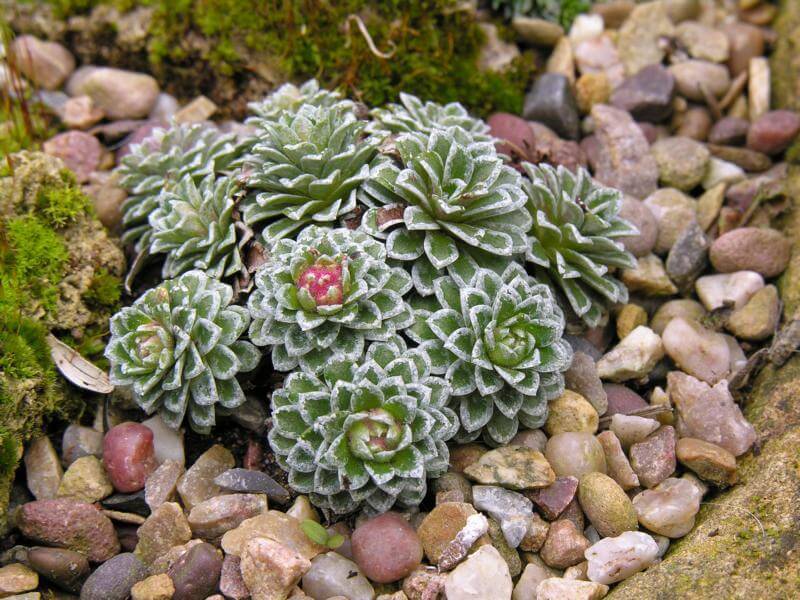
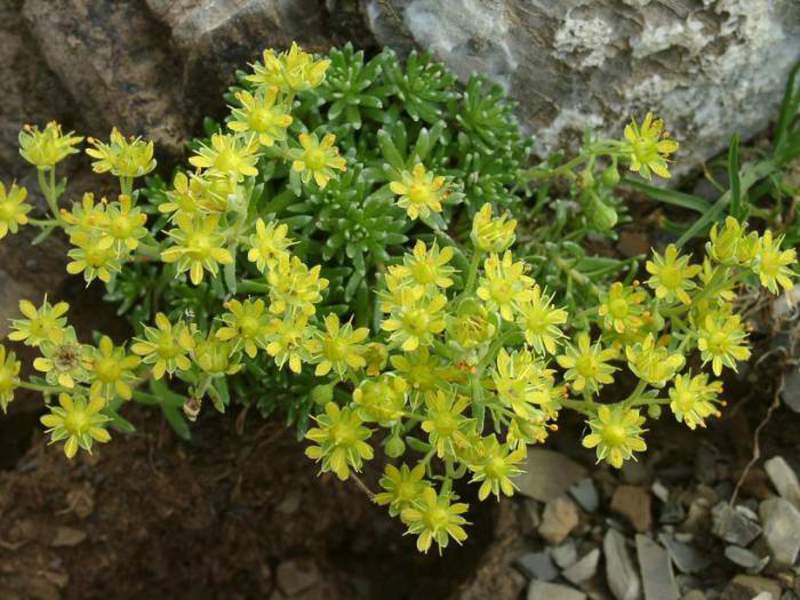
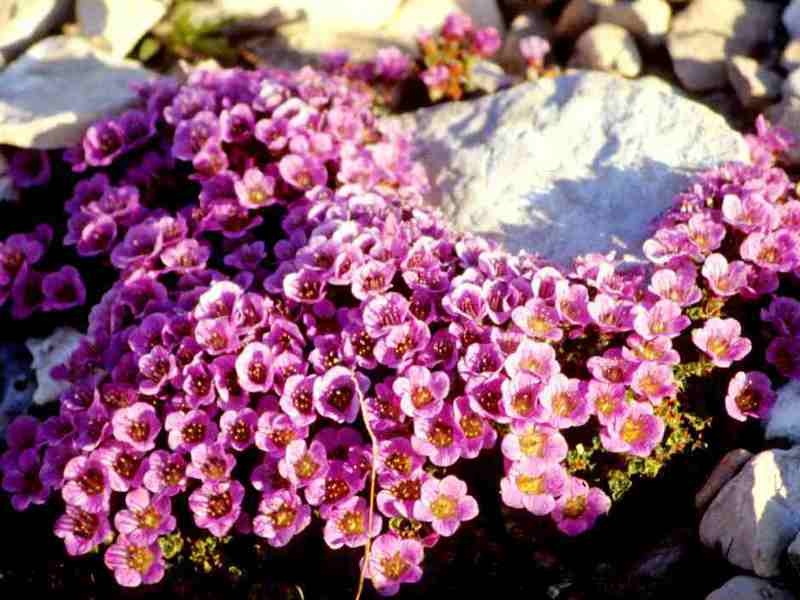
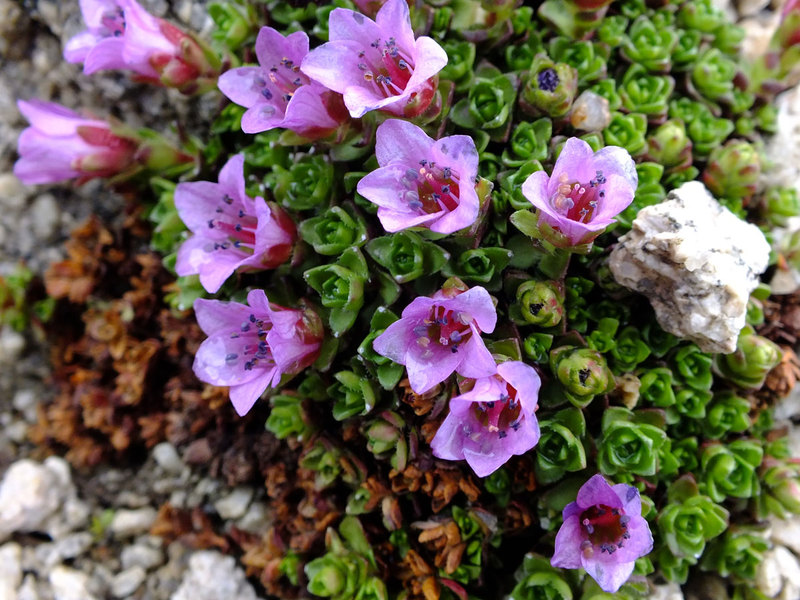
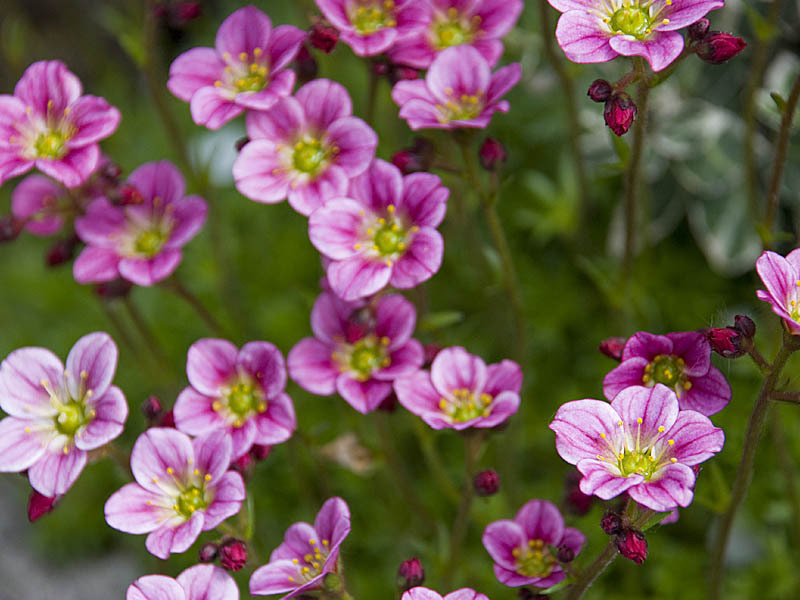
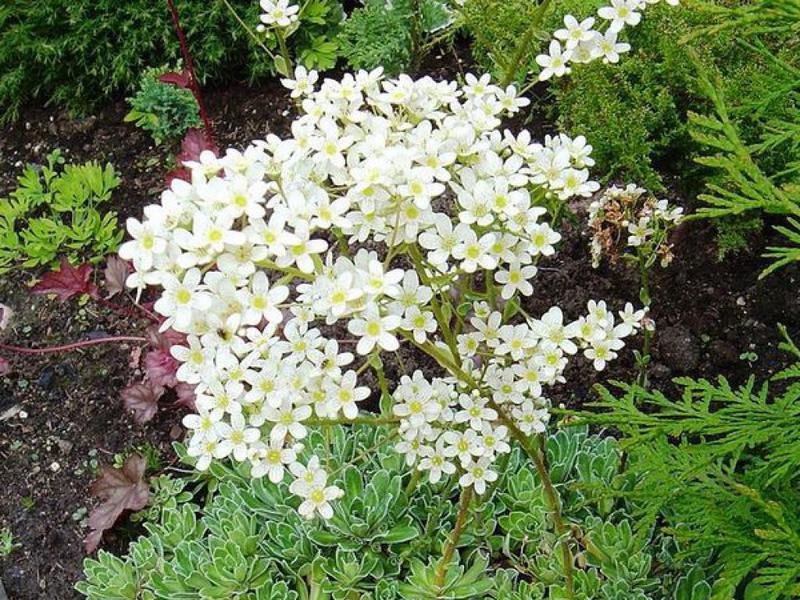
We grow from seeds
To grow saxifrage from seeds, the seedling method is often used. Seeds need cold stratification before planting. To do this, they are placed in any convenient container and, sprinkled with slightly damp soil, are kept in the refrigerator for 14 to 20 days. Before that, they can be mixed with sand.
When the stratification stage is over, the container with seeds is exposed to the light and covered with foil or glass, creating a greenhouse environment. So they will germinate faster, and regular ventilation is also necessary.
You can expect shoots after a week. It is necessary to dive the seedlings when they are sufficiently strong. You can transplant them into peat cups, so it will be more convenient to plant the seedlings in open soil. It is necessary to protect small seedlings from the sun's rays; complex mineral dressing will also be useful.
Saxifrage seedlings develop rather slowly. therefore when planting seedlings in open ground, do not rush too much... We must give them time to build up the root mass. Plants are transplanted together with the ground so as not to injure the roots. The optimal time for this is the beginning of summer, when all frosts have passed. It is good to leave a distance of about 10 cm between plantings.
But the cold treatment of seeds may well undergo natural conditions. To do this, they are sown directly into open ground in March-April. A saxifrage grown in this way blooms for the first time, as a rule, at 2 years.
When growing a saxifrage, it should be borne in mind that it passes all phenological phases rather quickly, from the formation of leaves to the appearance of fruits, seeds. And the flowering period may depend on how much the reproductive shoot was formed in the resumption bud by the end of the last growing season.
Even such an unpretentious plant needs care.And if you do everything right, with soul and warmth, the saxifrage will certainly thank you with lush flowering.
